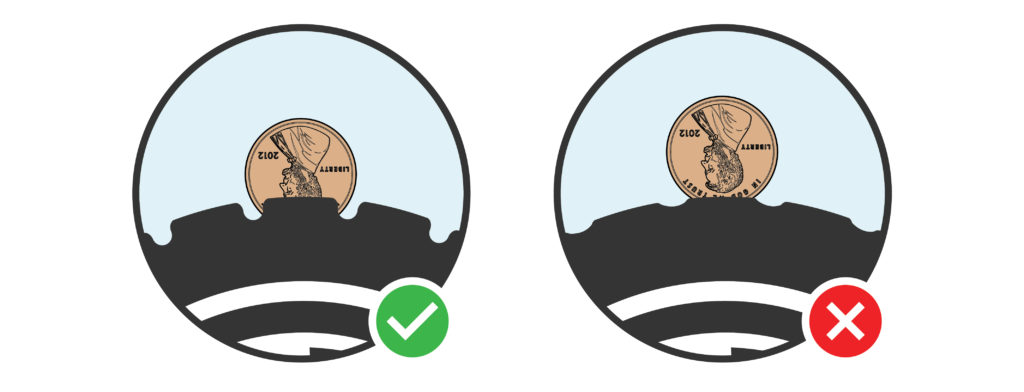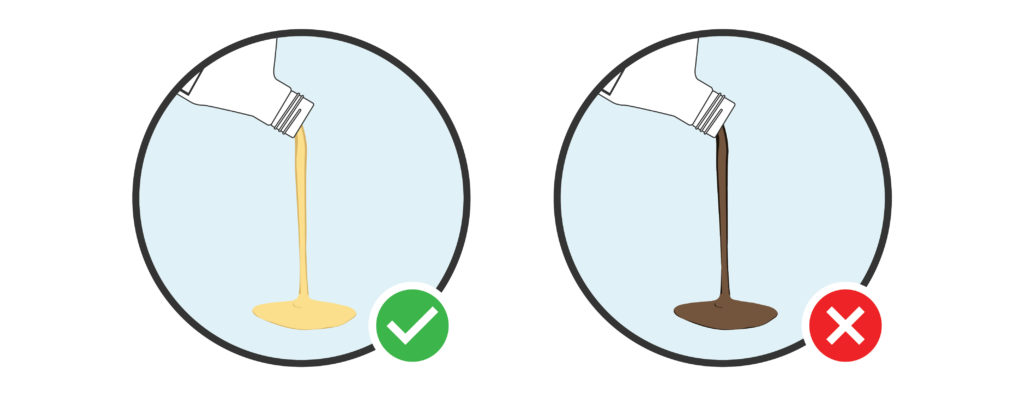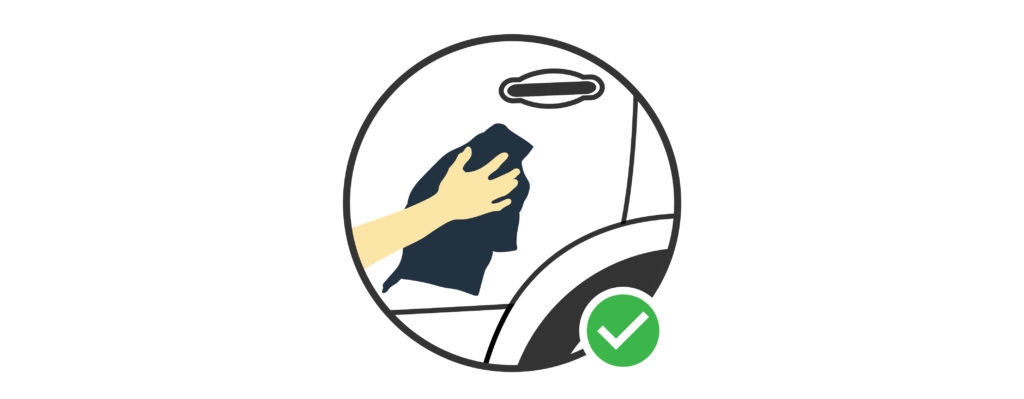Your Annual Car-Maintenance Checklist
Barring any obvious bumps, drags, or unsettling noises, most of us don’t think much about vehicle maintenance until a warning light glows on our dashboard. But your vehicle will run best if you invest in an annual checkup.
Though you should always take your car to a mechanic for a thorough examination, there are a few checks and repairs that you can perform yourself. Here’s a car-maintenance checklist that may save you some time and money at the service center.

Tires
- Tire condition. Inspect the outside of each of your tires for any bumps, bulges, punctures, or tears.
- Tire pressure. Riding on over- or underinflated tires can lower fuel efficiency and increase safety risks. Invest in a tire gauge and recheck levels monthly to ensure a smooth and cost-effective ride. Your owner’s manual will list the proper air pressure level for your vehicle.
- Tire tread. Place a penny — upside down with Lincoln’s head facing you — between two treads in your tires to check the thickness of your tires’ treads. If you can see the top of Lincoln’s head, it may be time to invest in a new set of tires.

Under the Hood
- Wiper fluid and blades. Windshield wiper blades should be replaced every year, and you should take a peek under your hood each month to ensure that the blue wiper-fluid container is full.
- Air filters. Your car manual should tell you how to find and reach your air filter. Lift it out to see if it needs to be replaced: Hold it up to the sun or a strong light. If you can’t see the light through it, you may need to replace it. Typically, filters should be changed every year or every 20,000 miles, unless you drive in a dustier area.
- Engine oil. If you’ve driven more than 5,000 miles this year, you should check the color of your engine oil. Wipe the engine oil stick on a paper towel when your car is cool to reveal it’s fill level and color. A golden-honey oil that hits anywhere beyond the second mark on the stick is normal and does not need to be replaced. Oil will get darker over time with use; a coffee or black-colored oil warrants a trip to the mechanic — or you can learn how to replace it yourself.
- Coolant levels. Check the container under your hood labeled “radiator fluid” to ensure that the orange liquid hits the indicated full mark. You can top off your coolant levels with a 50/50 mix of radiator fluid and water.

Vehicle Exterior
- Lights. Have a friend stand behind and in front of your car to help you check the reverse, brake, and turn-signal lights. Replace any bulbs that may be out.
- Polish. Take your car to a detail station at least twice a year for a wax and cleaning. A properly polished vehicle’s paint is less likely to chip or experience damage during unfavorable weather conditions.
Auto Insurance
Texas Farm Bureau Insurance auto policies renew annually, which is a great time to discuss with your Agent any changes and discounts that go into calculating your anticipated monthly premium for the next year.
Kathy Bledsoe, a Texas Farm Bureau Insurance county secretary in McKinney, recommends being proactive with your policy and asking your Agent questions about how to qualify for discounts or how to reduce costs.
“We send out a pre-renewal notice that tells policyholders what their premium will be at their renewal. This ensures you have enough time to make sure everything is correct before your first bill arrives,” Bledsoe says.
Contact your Texas Farm Bureau Insurance Agent after you receive this notice to learn more about renewing and updating your insurance policy.
Coverage and discounts are subject to qualifications and policy terms and may vary by situation. © 2020 Texas Farm Bureau Insurance



